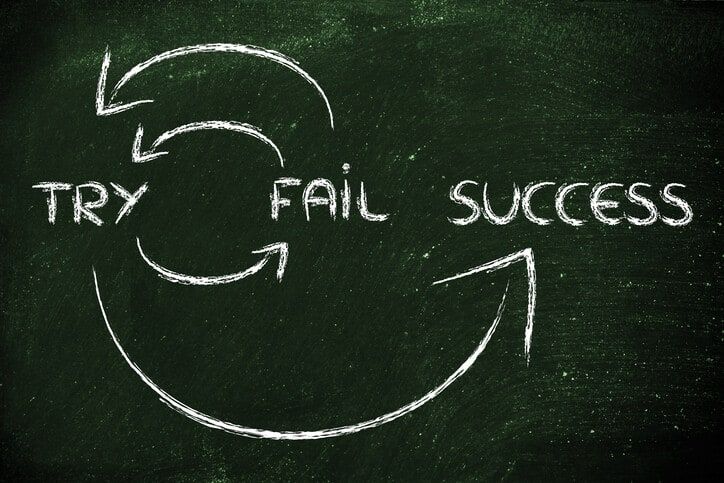How to Enhance Your Executive Presence, Part Two
In Part 1 of How to Enhance Your Executive Presence, you made an inventory of your strengths and received feedback on how others view your strengths. Any surprises?
If you chose to take one of the tests (links provided in Part 1), you have some very concise descriptions that will help you as you enhance your executive presence. A concise description of your strengths and traits is an important foundation of self-awareness, whether using your own list of strengths, using test results, or creating a combined list. This awareness allows you to build confidence in yourself.
The next step to enhancing your presence is to be aware of the needs of your colleagues and leaders in your work environment. Let’s face it; people expect some common behaviors from their leaders. What are these common behaviors?
If you work for a large corporation, they often have leadership characteristics or behaviors outlined and available through human resources. They are often called “competency models.” Use the information your company already has as a tool to help you with your firm.
If a competency model is not available from HR, there are several studies conducted over the past ten years that outline what behaviors and characteristics that people with presence exhibit. Let’s explore the findings from a few of them.
In 2012, the Center for Talent and Innovation reported the outcomes from a study of over 260 senior executives. They organized their findings into three pillars of executive presence.
#1. Gravitas – Behaviors included confidence and “grace under fire”, acting decisively, showing integrity, demonstrating emotional intelligence, polished reputation, projecting vision.
#2. Communication – behaviors included great speaking skills, ability to command a room, ability to read an audience.
#3. Appearance– Look like a leader is: good grooming, physical attractiveness.
While appearance did not rank the highest in importance, appearance stood out as a fast derailer.
With the outline of your strengths and traits in hand, you are ready to compare your strengths and characteristics with what your team or organization needs to perceive your executive presence. Place your strengths and traits side by side with the description of executive presence behaviors and traits. What stands out right away and aligns with what people need to see from professionals with presence? Highlight where you align. If you see some disconnects, match the needs up to your closest strength(s).
You will also notice gaps between your current strengths or traits and the traits people perceive as executive presence. Be aware of them, but keep your focus on your alignment. We first enhance our presence building on our strengths, then we can make small adjustments to help close the gaps.
You are on the road to strengthening your executive presence as you are aware of your strengths and aware of leaders’ expected behaviors. Here’s an example of how one person completed this awareness exercise and found she had good base strengths and traits that she could build upon to demonstrate a better executive presence.
Lisa received a big promotion to the executive director role. She knew she was good at one-on-one communication but struggled to give presentations to groups of 8 or more people. Her strengths included confidently communicating her message to small groups, creating a compelling vision for her group, and the ability to connect with people. She compared her strengths to the expectations of an executive director with an executive presence. She found a gap in her communication skills in front of a group.
Before exploring her strengths (on her own and gathering feedback), she believed she could not speak in front of a large group. After going through this exercise, she gained more confidence than ever before. She had relevant strengths to build on. She was determined to better leverage those strengths to better communicate in front of a group.
In the next installment of How to Enhance Your Executive Presence (Part 3), we will dig into the three critical components of how we express our strengths and traits to create a positive perception of our executive presence. We will see what Lisa did after becoming aware of her strengths and the need to better communicate in front of a group.
What strengths did you discover so far about yourself?
For more information about KM Leadership Solutions, check out our website or follow up on LinkedIn and Twitter.
Ellevate Network originally published this article in 2017.









